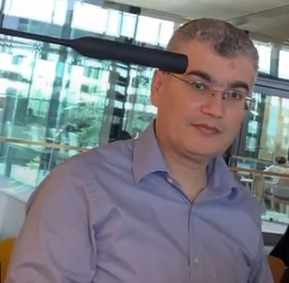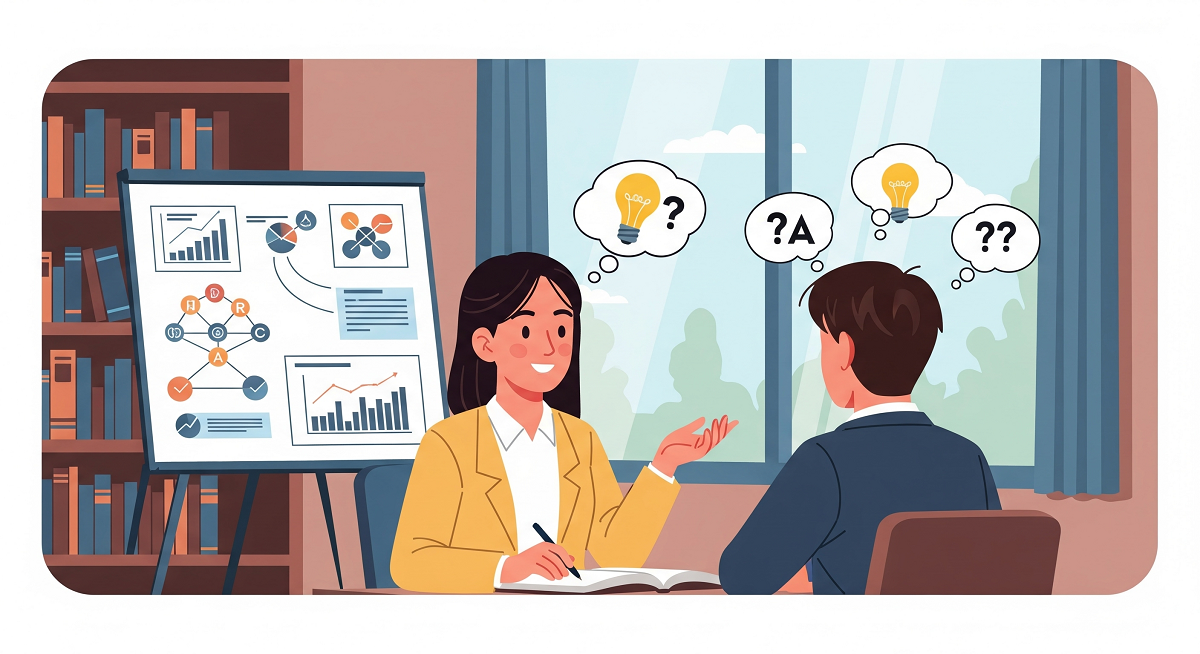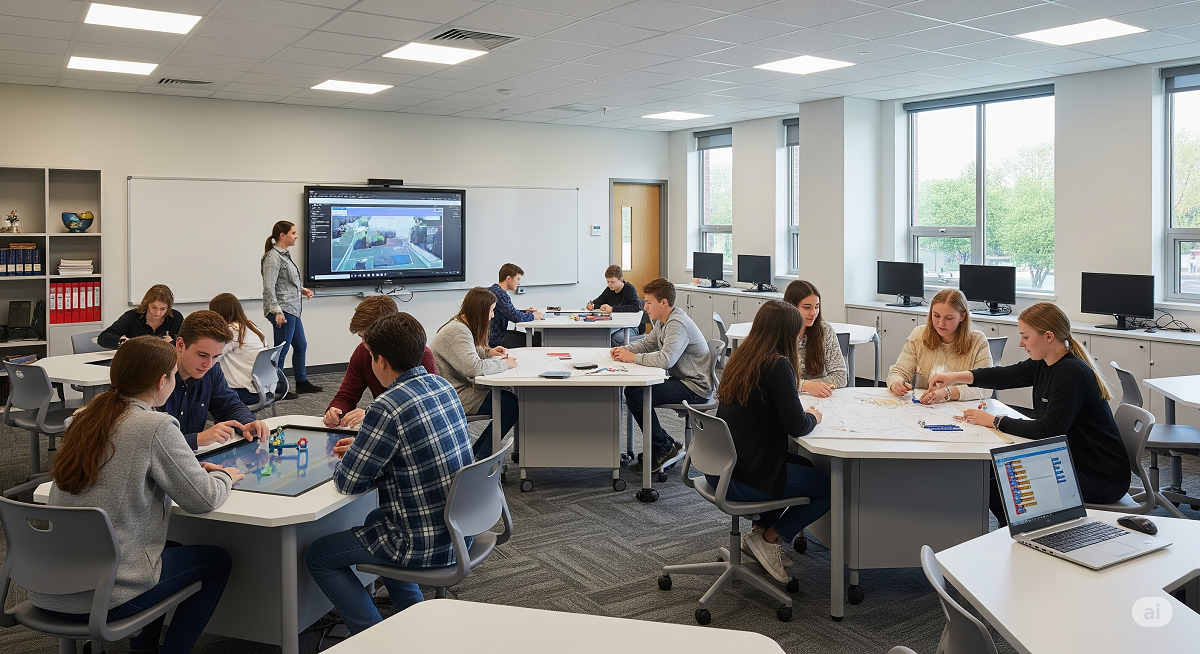Detecting Concussion Symptoms in Students | by a Preply CS Tutor
Detecting Concussion Symptoms in Students: What Every Educator Should Know
In our last discussion, we explored what happens to the brain during a concussion and identified activities that place children at higher risk of sustaining this injury. Today, let’s focus on something equally important for educators: how to recognize concussion symptoms in students when they return to school.
Meet Matthew: A Real-Life Scenario
Matthew is your school’s star football player who recently sustained a concussion during a game. He has returned to school with a clean bill of health from his physician. At first glance, Matthew seems fine — he participates in class and appears like his usual self.
However, over the first few days, you notice subtle but concerning changes: he’s quieter than usual, takes longer to answer questions, frequently asks you to repeat yourself, and complains of headaches within just 30 minutes of class. He also mentions having trouble falling asleep at night.
You might wonder, “Are these symptoms consistent with a concussion? Are there other signs I should be aware of?”
Why Are Concussions So Difficult to Detect?
Concussions can be challenging to identify because:
-
Symptoms may appear hours, days, or even weeks after the injury.
-
The injury does not show up on common imaging tests like MRI or CT scans.
-
Students may look “normal” and could be mistakenly accused of exaggerating or faking symptoms.
-
Children themselves may not realize or want to admit they are struggling.
Because brain injuries aren’t visible, it’s critical to be vigilant for a wide range of symptoms that can manifest in different ways.
Four Main Categories of Concussion Symptoms
Experts group concussion symptoms into four key categories:
1. Memory and Thinking Difficulties
Students with concussions may:
-
Have trouble remembering events before or after the injury.
-
Appear confused or stunned.
-
Respond slowly to questions.
-
Forget their class schedule or assignments.
-
Need frequent repetition of instructions to understand them.
2. Mood and Emotional Changes
Concussions can affect emotions and behavior. Watch for signs like:
-
Increased irritability or anxiety.
-
Feelings of sadness or depression.
-
Withdrawal from friends or social isolation.
-
Extreme cases may involve thoughts of self-harm, which require immediate attention.
3. Physical Symptoms
Common physical symptoms include:
-
Headaches, nausea, or vomiting.
-
Blurry or double vision.
-
Sensitivity to light or sound.
-
Ringing in the ears.
-
Balance problems or dizziness.
-
Extreme fatigue or loss of energy.
4. Sleep Disturbances
Changes in sleep patterns are frequent after concussion:
-
Difficulty falling asleep.
-
Sleeping more or less than usual.
-
Feeling unrested despite sleep.
Why Does This Matter in School?
Any of these symptoms can severely impact a student’s ability to learn and participate. For example:
-
Headaches or blurry vision may make it hard to read or focus on a screen.
-
Memory and concentration difficulties can lead to trouble completing assignments.
-
Mood changes might affect social interactions and classroom behavior.
-
Sleep problems can cause daytime tiredness, further impairing attention.
Because symptoms may appear after a delay, students might resume normal activities too soon, risking further injury or prolonged recovery.
What Can Educators Do?
As an educator or school staff member, your role is vital in recognizing these signs early and supporting the student’s recovery by:
-
Being patient and understanding when a student’s performance or behavior changes unexpectedly.
-
Communicating concerns with parents and school health professionals.
-
Allowing for accommodations such as breaks, reduced workload, or modified activities.
-
Encouraging rest and gradual return to cognitive and physical activities.
Back to Matthew
Matthew’s story highlights how symptoms may emerge after returning to school. Even though he was cleared by his doctor, his quieter demeanor, slow responses, headaches, and sleep troubles are classic concussion symptoms across all four categories.
With this knowledge, you are better equipped to recognize the signs in your students and take the necessary steps to help them succeed academically and socially while they recover.
Additional Resources
To dive deeper into concussion symptoms and management, check the supplementary materials provided by health professionals. In upcoming sessions, we’ll explore red flag symptoms that require urgent care and assessment tools used in schools and clinics.
Final Thoughts
Concussions may not be visible, but their impact can be profound. Awareness, early detection, and supportive care in the school environment are key to helping students like Matthew recover fully and thrive.
Hi, I’m Ahmed Elmalla, founder of Learn with Kemo, a trusted Computer Science tutoring service. With 19+ years of experience and certifications from top universities, I specialize in tutoring students in Java programming, AP CS A, and IGCSE Computer Science.
Whether you’re looking for exam prep, coding projects, or personalized tutoring, I’m here to help you succeed. Book your free 30-minute trial session today!








